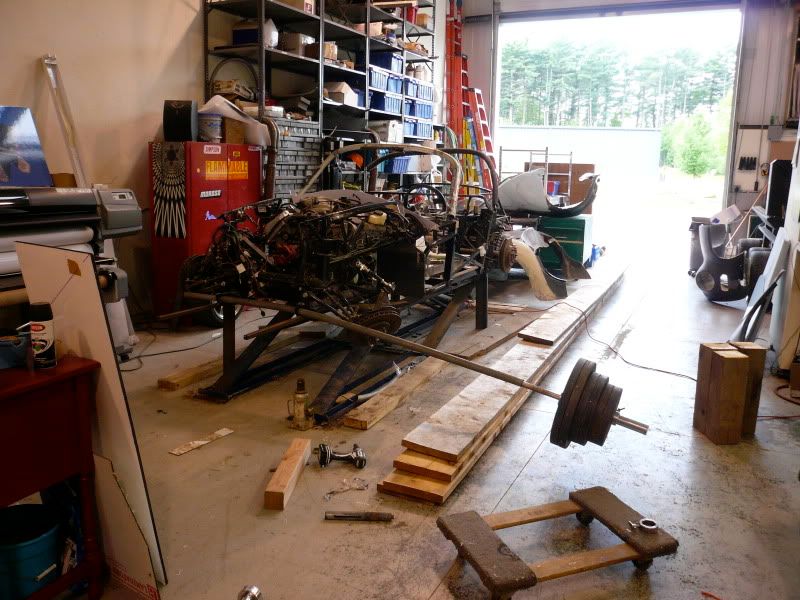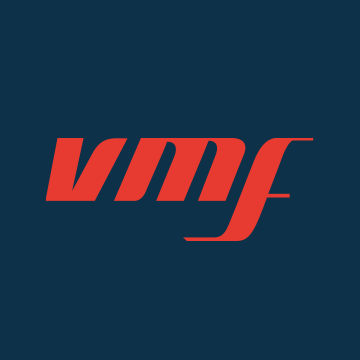People often ask, Why should I buy a Factory Five Racing Cobra or Other Factory Five Kit car over some other brand??
![Image]()
This Photo shows the FFR Mk III Bare Frame done up in a black powder coat. Notice the extensive superstructure above the main 4 inch thick wall round tube frame. Of particular interest is the extensive use of triangulated steel which provides incredible strength and rigidity to the FFR Frame. Note also the strong round tube steel foot well protection as well as the extensive steel cage surrounding the passenger compartment
There are probably many answers that one could give including value for money, modern design and manufacturing materials and methods, not to mention their overall success.
But for me what REALLY sums it all up is when I look at the Factory Five Frame compared to the other guys frames. Check out the following photos to see what I mean.
But for me what REALLY sums it all up is when I look at the Factory Five Frame compared to the other guys frames. Check out the following photos to see what I mean.




This is a variation on the Bed frame construction style. Note that this is an improvement over the frame shown above in that this frame at least has a small amount of superstructure above the main frame rails both in front of and behind the passenger compartment.
Still in the event of a side hit this frame is going to crush almost into the center of the car since like Example B below there is nothing but the Fiberglass body to absorb the force of the impact in the passenger seating area, and with no triangulated steel crush zones built into the frame a front or rear end collision will not fare much better.
As for handling due to the built in flex that this style of frame has neither of these cars will handle very well when compared to the Factory Five Chassis.










